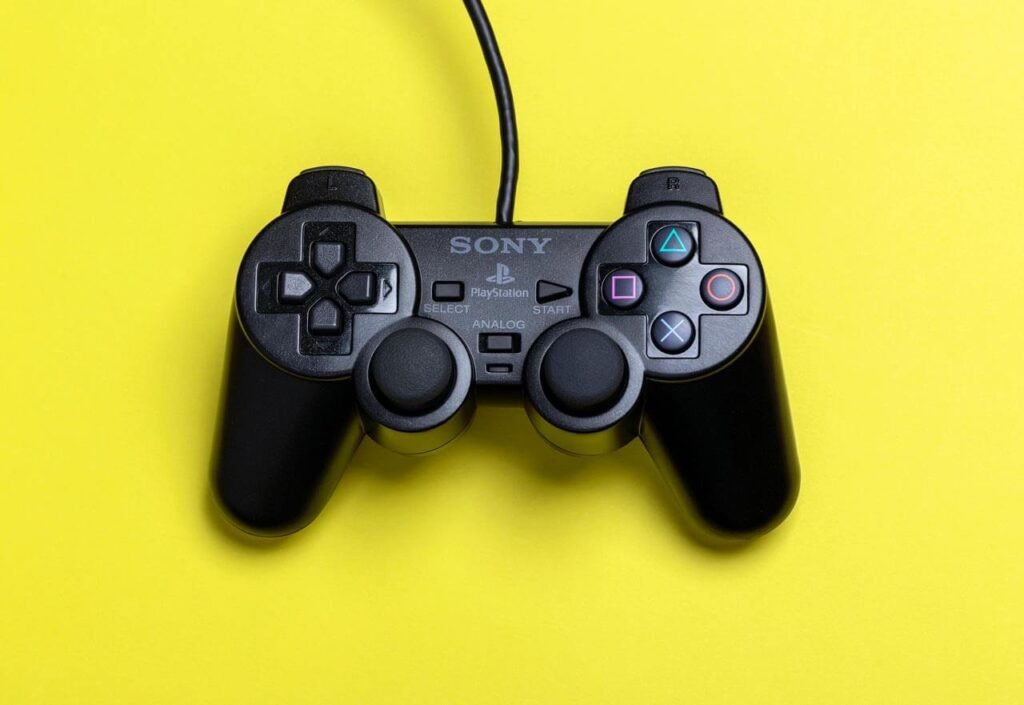Introduction:
Sporting events are often associated with fervent fans, passionate cheers, and a sense of camaraderie among attendees. However, there exists a persistent stereotype surrounding women and their behavior at sports events—the notion that some may engage in “flashing” or exposing themselves to the excitement of the moment. This stereotype is not only misleading but also perpetuates harmful gender norms. In this article, we will explore the origins of this myth, its impact on women, and why it is essential to debunk such stereotypes.
The Origins of the Myth:
The idea of women flashing at sporting events is rooted in a combination of factors, including societal expectations, cultural narratives, and the objectification of women. Sports events, particularly those with a party atmosphere, are often depicted as wild and unruly, with attendees letting loose and engaging in unconventional behavior. Unfortunately, these depictions often target women, reinforcing harmful stereotypes that contribute to the broader issue of the objectification of women in various settings.
Media Influence and Misrepresentation:
Media plays a crucial role in shaping public perceptions, and unfortunately, it has been a contributor to the perpetuation of the myth of women flashing at sports events. Movies, television shows, and even news coverage sometimes sensationalize or exaggerate behaviors, creating a distorted image of reality. This misrepresentation not only influences public opinion but also contributes to the reinforcement of harmful stereotypes.
Reality Check: Debunking the Myth
Despite the pervasive nature of this myth, there is little evidence to support the idea that women frequently engage in flashing at sporting events. The vast majority of attendees, regardless of gender, go to sports events to enjoy the game and the atmosphere without engaging in inappropriate behavior. While sporadic incidents may occur, they are not representative of the behavior of the majority of women at sporting events.
Impact on women:
The perpetuation of the myth of women flashing at sports events has tangible consequences for women. It contributes to the objectification of women, reducing them to objects of desire rather than individuals with agency and autonomy. This stereotype reinforces the harmful notion that women are primarily defined by their appearance and implies that they are willing to engage in inappropriate behavior for the pleasure of others.
Moreover, the myth creates an uncomfortable environment for women attending sporting events. Fear of judgment or harassment based on this stereotype can discourage women from fully participating in the fan experience. The emphasis on sensationalized behavior overshadows the genuine enthusiasm and passion that women, like their male counterparts, bring to sports events.
Promoting Inclusivity and Challenging Stereotypes:
To create a more inclusive and respectful atmosphere at sporting events, it is crucial to challenge and debunk harmful stereotypes. Promoting a culture of inclusivity involves recognizing and rejecting unfounded assumptions about specific gendered behaviors. Rather than perpetuating myths, it is essential to celebrate the diverse and positive contributions that both men and women bring to the sports community.
Addressing the root causes:
Understanding why such stereotypes exist is integral to addressing their root causes. The objectification of women and the reinforcement of traditional gender roles are deeply ingrained in societal attitudes. By fostering conversations that challenge these norms, society can work towards dismantling stereotypes and promoting a more equitable and respectful environment for everyone.
Creating Safe Spaces:
Sports organizations, event organizers, and the media have a responsibility to contribute to creating safe and inclusive spaces for all attendees. This includes challenging harmful narratives, ensuring respectful portrayals of women, and actively discouraging the perpetuation of damaging stereotypes. By fostering an environment that values diversity and respects individual autonomy, sporting events can become more welcoming for everyone.
Conclusion:
The myth of women flashing at sports events is a harmful stereotype that perpetuates gender inequality and contributes to the objectification of women. It is crucial to recognize the lack of evidence supporting this myth and understand its detrimental impact on women’s experiences at sporting events. By challenging and debunking such stereotypes, society can work towards creating a more inclusive, respectful, and enjoyable environment for all sports fans, regardless of gender. It is time to move beyond outdated narratives and embrace a culture that celebrates diversity and promotes positive fan experiences for everyone.









